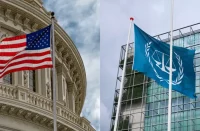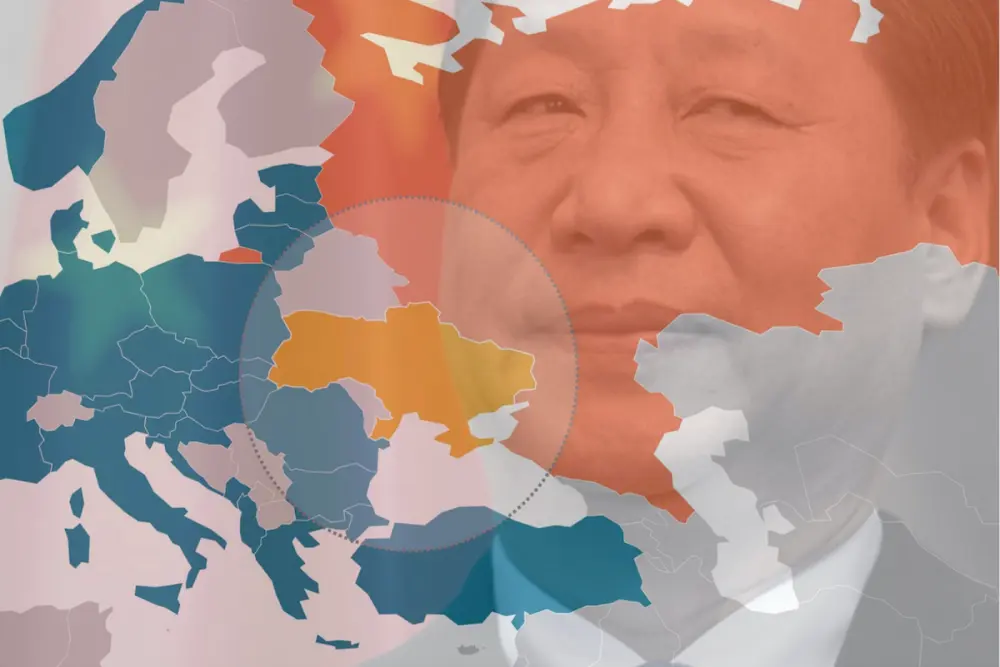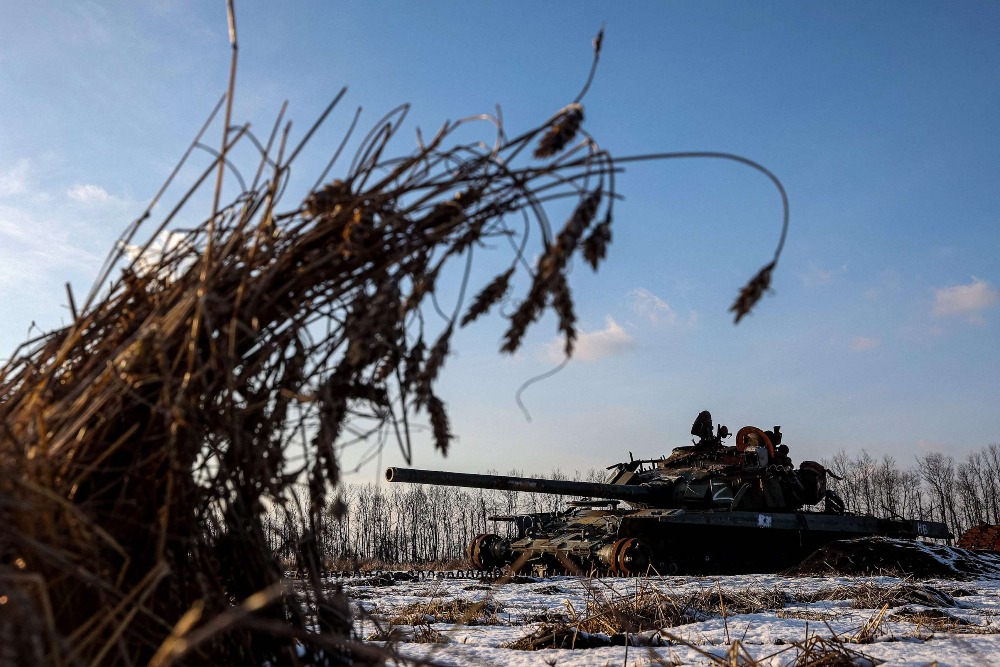What the World Majority Says
In light of Türkiye’s offer to host a Russia-Ukraine summit we decided to compare and contrast the various peace initiatives that are already on the table. In the previous article we examined the warring parties’ stances. In this one we will focus on the proposals made by the Global South.
China’s 12-point plan: for all the good, and against all the bad
On February 24th, 2023, China became the first country to release its own 12-point peace plan, which was written in the traditional style of Chinese diplomacy. There was much debate surrounding China’s view on the situation at the time. No one could deny the fact that China leaned more pro-Russian, but the country seemed hesitant to present its own detailed view of the conflict in Ukraine. Experts, politicians and scholars alike looked forward to the release of this document, but it ultimately proved anti-climactic.
The Chinese peace initiative turned out to be a largely symbolic document with generic statements on adherence to international law, agreeing on a lasting ceasefire and ensuring the stability of production and supply chains. Formally, this document cannot even be considered a peace plan, as it does not describe specific mechanisms that would help achieve peace. Neither does it address the key issues of Ukraine’s neutrality or the status of the Donbas and other Russian-speaking regions of Ukraine.
Many commentators indicate that the publication of the “peace plan” coincided with American intelligence reports on discussions about possible deliveries of Chinese weapons to Russia. This leads to thoughts that the provisions of this “plan” were meant to underline China’s determination to uphold the principles of international law, which both the West and Russia say they adhere to. This way, China aimed at keeping close relations with both sides, without damaging its reputation on the international arena.
Brazil’s “peace club”: a G20 for security issues
More substantive proposals came later, as Brazil President Lula da Silva said a group of neutral nations must come together to help broker a peace deal between Russia and Ukraine. “When the economic crisis struck us in 2008, we quickly created a G20 in a desperate attempt to save the global economy. Now it is important to create another G20 to end the war and establish peace,” said the Brazilian President.
Brazil did not publish any official document regarding peace in Ukraine, but Lula has stated three main points. Firstly, the international “club” of neutral states must be established that which will encourage both sides to pursue peace. Secondly, Ukraine should give up its territorial claims and cede Crimea to Russia officially. Thirdly, the West should stop supplying arms to Ukraine, as this only contributed to the escalation of the conflict.
Unsurprisingly, these initiatives have been met with anger in Ukraine and the West, as they believe Lula is hiding pro-Russian rhetoric behind the curtain of “respecting international law”. Still, Brazil seems to have forgotten its self-proclaimed role as the mediator in the conflict, as it has failed to follow up on these initiatives with any real diplomatic activity.
Africa’s 10-point peace plan: from those directly affected by the crises
In June 2023, a group of African representatives paid visits to both Kyiv and Moscow and presented their own 10-point peace plan, which is largely influenced by the Chinese initiative. No details or clarifications are presented on how peace should be achieved, rather a set of good wishes regarding peace and security.
For Africa, the various crises caused by the conflict are the main pints of concern, South African President Cyril Ramaphosa said that the conflict in Ukraine directly affects the lives of the African peoples, especially when it comes to food security, as prices for fertilizers, grain and fuel have skyrocketed ever since the beginning of the hostilities.
Indonesia’s plan: demilitarized zone and UN peacekeepers
June 2023 also saw Indonesia present its Ukraine peace plan. This one is, perhaps, the most realistic and detailed yet. At the Shangri-La dialogue summit, Indonesia’s Defence minister called for the cessation of all hostilities and the creation of a demilitarized zone by withdrawing all troops by 15 kilometres from each parties’ current position. Additionally, he called for the deployment of a UN peacekeeping force to guarantee peace. According to this plan, the UN would also host a referendum in order to “ascertain objectively the wishes of the majority of the inhabitants of the various disputed areas”.
Despite this plan being one of the most objective ones yet, Ukraine reacted furiously, saying that “there are no disputed territories between Ukraine and the Russian Federation to hold referendums there”. This is quite natural, as Ukrainian authorities understand that Russian-speaking people will inevitably vote to remain part of Russia in case of any referendum. Still, the modalities of such a procedure are unclear, which is why it is rather unlikely that this initiative will gain any ground.
Conclusion
All in all, all of the aforementioned peace initiatives have the same problem: they do not go into detail. Both Russia and Western states refer to the fundamental principles and norms of international law, which is why peace initiatives written in general phrases do not advance the peace process at all.
Still, there is much to gain from these “plans”. The modalities of peace will have to be discussed using an international platform similar to the one proposed by Brazil. The basic principles should be taken from the Chinese and African initiatives. Some parts of the detailed elaboration could be used from the Indonesian plan. In any case, the final word will be with the parties to the conflict and it will be they who will have to make concessions to achieve peace. But it seems that as of now, neither Russia nor the West are ready for this.
to be continued















Comments